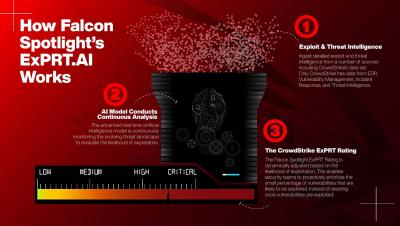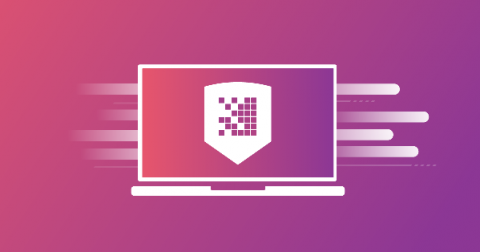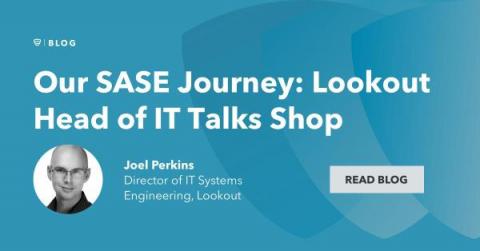Security | Threat Detection | Cyberattacks | DevSecOps | Compliance
Technology
Scanning ARM templates for misconfigurations with the Snyk CLI
Managing application resources at scale can be tricky business. As such, many DevOps and AppSec teams turn to using a declarative framework rather than writing individual scripts to deploy, manage, and maintain access controls for their resources. For Azure environments, Azure Resource Manager (ARM) is this management layer that allows teams to manage their infrastructure as code (IaC) through declarative ARM templates.
Introduction to Custom Fields
Our SASE Journey: Lookout Head of IT Talks Shop
Like other organizations that are adopting a permanent hybrid or remote-first work environment, Lookout is using our Secure Access Services Edge (SASE) platform to implement cybersecurity that is not tied to the physical office spaces where employees used to work. SASE is a security framework defined by Gartner that has been adopted by many organizations to enable intelligent Zero-Trust access from anywhere without hindering productivity.
Netskope Cloud Exchange
Netskope - The Undisputed Leader in the Evolution of CASB and Cloud Security
Cloud Access Security Brokers (CASB), also known as Cloud Security Gateways, were created to address the increasing cloud security problems facing organizations as cloud and application usage increased over the last decade.
Cloud Data Modeling for Security
Google takes a bold step toward securing your Gmail, but not without many complaints
Many Gmail users were recently greeted with a message that alerted them that 2-step verification will be required to log into their accounts starting on November 9th (today). While many in the security community have been advising people to turn on 2-factor, 2-step, or any other secondary security method on every account as a way to protect the login process, the Twitterverse showed that many people were unhappy with Google’s implementation of this mandatory change.
Splunk SOAR Playbook - Finding and Disabling Inactive Users on AWS
8 Best Practices for Data Security in Hybrid Environments
Operating in hybrid environments can get really tricky at times. As more and more organizations are moving their sensitive data to the public cloud, the need to keep this data secure and private has increased significantly over time. While handling their valuable datasets within their respective environments, companies need to ensure utmost data security and compliance to meet the regulations set by various governments.











